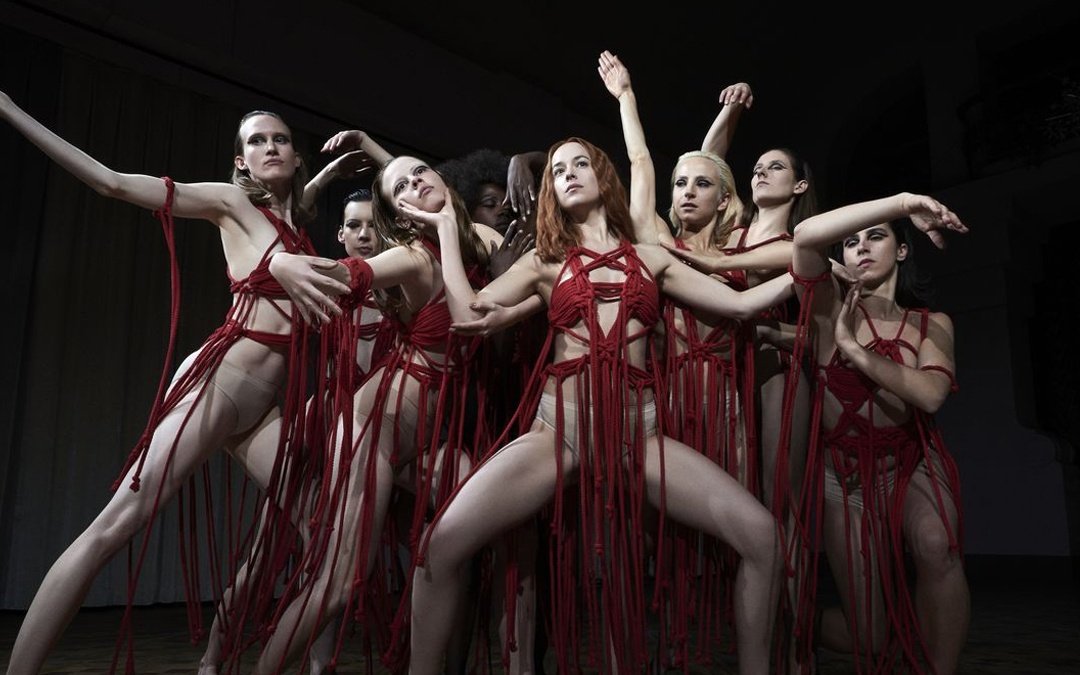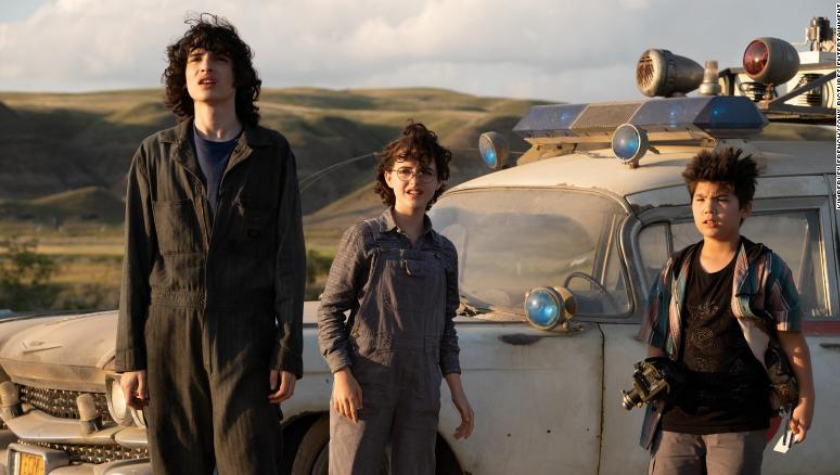Five Things Writers Can Learn From Ghostbusters
April 3, 2017
The original Ghostbusters film remains to this day a benchmark for supernatural comedies. It’s a tricky genre to get right and increasingly unpopular among studios due to budgetary concerns. But if you’re going to attempt to write a supernatural comedy, the original Ghostbusters is a good model to use.
Dan Aykroyd wrote the first draft of the script, which was a much more far-fetched story involving the Ghostbusters jumping between different dimensions and battling an assortment of huge ghosts. He showed the script to director Ivan Reitman, who liked the concept but thought Aykroyd’s first draft needed to be grounded and scaled back. Aykroyd and writer-actor friend, Harold Ramis, holed themselves up at Martha’s Vineyard for three weeks and did a complete overhaul of the screenplay. Happy with the revised script, Reitman agreed to direct. Originally, John Belushi was set to play the character of Peter Venkman, but Belushi passed away before the screenplay was completed. Another Saturday Night Live alumni, Bill Murray, ended up playing the role and infused a Murray-esque sardonic edge.Ghostbusters was released in the summer of 1984 and was an instant hit with critics and moviegoers. It was number one at the box office for five consecutive weeks and ended up being the second top-grossing film of 1984. (Beverly Hills Cop took the number-one spot.)
Below are five things to learn from this beloved film when attempting to write a supernatural comedy.
1.) You Don’t Always Need A “Save The Cat” Moment. In a previous article, I wrote about the “Bill Murray Type” and how this type of character could get away with behavior many would label “unlikable.” One of the examples I gave was Peter Venkman’s introduction, in which the eccentric professor intentionally shocks a student when performing a psychic test. Does this scene make you think Venkman is the nicest guy on the planet? Certainly not. Does it make you think he’s funny and interesting? Most definitely.
2.) Make Your Protagonists Underdogs That Have To “Beat The System.” This is something both the original and remake understood: The Ghostbusters have to be underdogs. In both versions, the protagonists lose their jobs at Columbia University and are written off as delusional or con artists by an assortment of skeptics. The original film took this even further via the character of Walter Peck: a self-righteous lawyer for the Environmental Protection Agency who aims to take the Ghostbusters down, and almost achieves in doing so. This not only gave audiences a sense that the Ghostbusters were fighting bureaucrats and “the system,” it gave them some real-world obstacles to overcome.
This leads us to the next point …
3.) Just Because It’s A Supernatural Comedy Doesn’t Mean It Can’t Be Grounded In Reality. With the help of Reitman and Ramis, Aykroyd grounded the story in the real world. Not only do the Ghostbusters have to deal with politicians, lawyers and hotel managers, the New York City they inhabit feels gritty and lived-in. There’s also a romantic subplot between Venkman and Sigourney Weaver’s Dana Barrett. Dana talks and behaves like a real single woman in NYC: She’s short with her mother on the phone; she’s annoyed by constant come-ons from men (whether they come from Venkman or her neighbor Louis). She’s a relatable character and you can understand why Venkman’s attracted to her. Their relationship adds a grounded, adult element the remake lacked.
4.) Have A “Cross The Streams” Beat That Saves The Day. It’s always fun when your heroes have to do something they shouldn’t do in order to beat the villain and save the day. Like the oxygen tank in Jaws, the “Cross the Streams” ex machina is foreshadowed earlier in the film. Not only is it important to put your heroes in an “oh well, nothing’s gonna save them now” position, it’s a good idea to have them triumph by breaking the rules. “Crossing the streams” didn’t just conveniently resolve the film’s climactic crises; it reinforced the themes of individuality and anti-authoritarianism that ran throughout. This is one of the many reasons why the Ghostbusters still seem so cool to us.
They do things their way.
They cross the streams.
5.) Be Authentic. Even though Dan Aykroyd needed collaborators to help ground and scale back his first draft, there would be no Ghostbusters if it weren’t for him and his genuine passion for the paranormal. The original film never undermines the supernatural element. Even when certain characters are shown to be skeptical, it’s not long before they’re proven wrong. The movie takes its mythology seriously and the humor comes from how the characters react to the supernatural occurrences rather than to the occurrences themselves. The Ghostbusting is never camp. Even the appearance of the Stay-Puft Marshmallow Man at the climax is more a joke about Ray’s innocence being used against the team than anything else. The original Ghostbusters was conceived by a man who was not just intrigued by the supernatural, but respected it. No matter what concept you come up with, the more authentic its inception, the more authentic your script will read.
Written by: Edwin Cannistraci
Edwin Cannistraci is a professional screenwriter. His comedy specs PIERRE PIERRE and O’GUNN both sold with more than one A-list actor and director attached. In addition, he’s successfully pitched feature scripts, TV pilots and has landed various assignment jobs for Universal, Warner Bros, Paramount and Disney.



